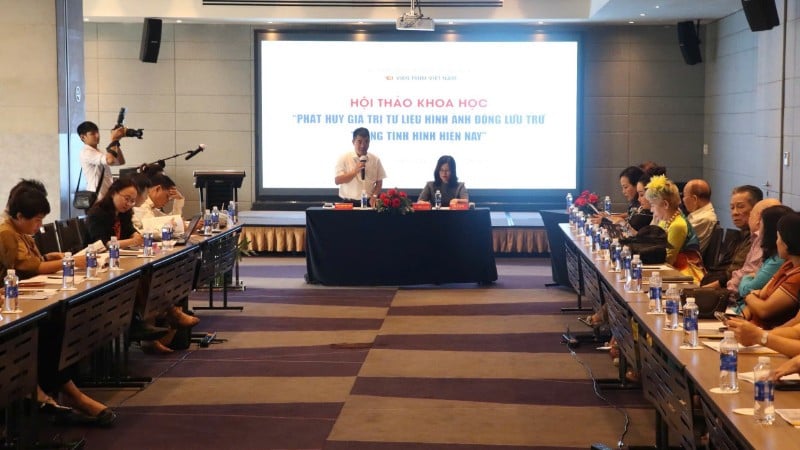
The scientific workshop "Promoting the value of archival moving image documents in the current situation" of the Vietnam Film Institute (VFI) attracted the participation of cinema activists, cultural managers and artists.
According to Ms. Le Thi Ha, Director of the Vietnam Film Institute, there are currently more than 20,000 film titles with 80,000 35mm and 16mm film copies and tens of thousands of documentary video tapes being preserved by the Institute.
This is an invaluable archive of classic Vietnamese cinematographic works, rare documentaries reflecting the historical periods of the country, especially in the two resistance wars for national liberation, independence, freedom, national unification and protection of sovereignty through historical periods, including many valuable documents on the revolutionary activities of President Ho Chi Minh and other Party and State leaders.
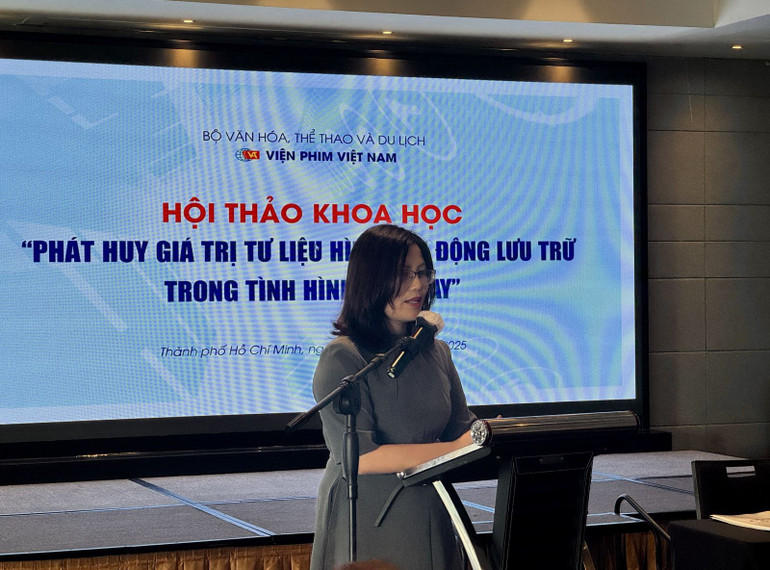
Speaking at the workshop, Ms. Le Thi Ha also emphasized the role and responsibility of the Vietnam Film Institute and related units in promoting the value of film archives, promoting and introducing Vietnamese films to the world and the need for a mechanism to do this.
This is a problem that still has many problems to be solved in the context of digital transformation, where films are widely released on digital platforms that charge money, while State films are still mostly provided for free, and what is needed now is a copyright framework to handle violations.
In her speech, Dr. Ngo Dang Tra My, Deputy Director of the Vietnam Film Institute, said that moving image documents are an important part of audiovisual documents and cultural heritage, and at the same time are evidence and foundation of a historical process, developing national civilization, contributing to teaching, research as well as journalism activities.
Motion picture materials are also important materials for artistic creation, communication, cultural restoration and national identity building, and at the same time have great value and need to be promoted in the current cinematic context.
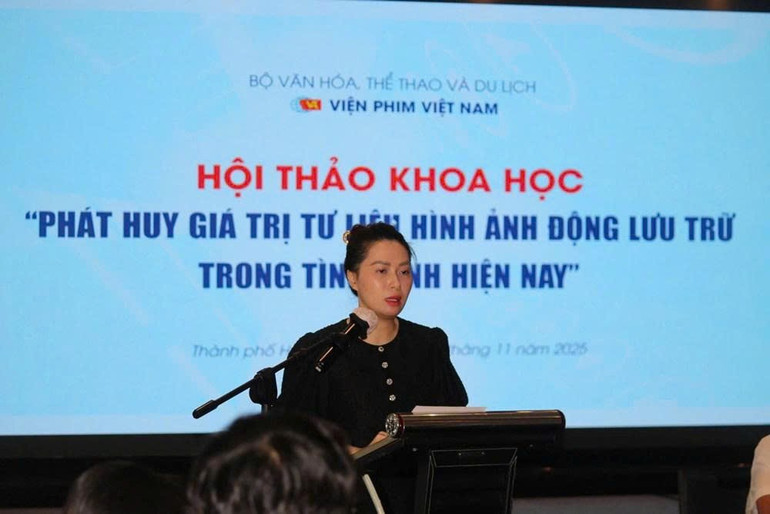
Assessing the contemporary Vietnamese cinema heritage at the workshop, Dr. Ngo Phuong Lan, former Director of the Department of Cinema, President of the Vietnam Cinema Promotion and Development Association also emphasized: “We should encourage the remaking of classic films, adaptations or sequels. Many countries do this type of film. Taking advantage of the recent success of the film Red Rain, we should develop and promote historical revolutionary films, post-war and renovation period films and from virtual reality technology, we can make interactive films.”
This is an interesting suggestion for the direction of Vietnamese cinema in the coming time because according to Dr. Ngo Phuong Lan: "Cinematic heritage is golden land, even diamond land for the country's cinema to develop".
We should encourage the remake of classic films, adaptations or sequels. Many countries do this. Taking advantage of the recent success of Red Rain, we should develop and promote historical films, post-war films, and films from the renovation period, and from virtual reality technology, we can even make interactive films.
Dr. Ngo Phuong Lan,
Chairman of Vietnam Cinema Promotion and Development Association
Dr. Ngo Phuong Lan also emphasized the need for a national strategy on exploiting cinema heritage associated with cinema development and the need for orientation in preservation and digitization - the foundation of the cinema industry, promoting comprehensive digitization of film archives; investing in and restoring classic films with new 4K and AI technology, creatively exploiting and reviving heritage with modern cinema language, building a national database of documentary, animated, revolutionary films...
With the desire to further promote the values of Vietnamese cinema heritage, the Vietnam Cinema Promotion and Development Association has implemented a project to synthesize 50 years of Vietnamese war films. This project shows many shortcomings in film archives when many copyrights of Vietnamese war films belong to foreign countries or are incomplete in the archives of the Vietnam Film Institute.
Overcoming the above difficulties, the Vietnam Association for the Promotion of Cinema Development has coordinated with the Vietnam Film Institute and the Literature Publishing House to complete the project with the launch of a new book "Half a century of Vietnamese films about war" in three languages: Vietnamese, English and French, gathering the perspectives of insiders, directors, writers, journalists, researchers... on war films such as: Dang Thai Huyen, Pham Xuan Thach, To Hoang, Trinh Thanh Nha, Chau La Viet, Dao Ruan, Dao Duy Phuc, Le Hoang, Dinh Thien Phuc...
This is a beautiful book of film theory, rich in content, and can be ranked first among books on Vietnamese cinema today.
Many presentations at the workshop also mentioned the approach to legal aspects in the process of promoting the value of archival moving image documents in the current situation with the sharing of representatives of units of the Ministry of Culture, Sports and Tourism such as: Copyright Office, Legal Department...,
Delegates emphasized the issue of copyright in the exploitation of cinematographic works and archived moving image materials, shared regulations on cinematographic works and copyright for cinematographic works - specific regulations and a number of issues raised in the management and exploitation of copyright for cinematographic works invested by the State budget for ordering, bidding or assigning tasks, including the issue of using public assets (films produced under orders of the State) according to the Law on Management and Use of Public Assets and Decree 186/2025/ND-CP detailing a number of articles of the Law on Management and Use of Public Assets.
Along with the workshop "Promoting the value of archival moving image documents in the current situation", the Vietnam Film Institute also made an outstanding contribution to the 24th Vietnam Film Festival by organizing the exhibition "Ho Chi Minh City rises with the country through a cinematic perspective", attracting thousands of visitors during the 5 days of the festival.
The exhibition is elaborately designed, collecting and displaying more than 200 images about the filming location, people, life, innovation, integration and development process of Saigon-Ho Chi Minh City in three main parts: The period of Southern Liberation and National Reunification (1945-1975); The period of national construction and development (1976-1985); The period of innovation, integration and development (1986-2025).
Ms. Le Thi Ha, Director of the Vietnam Film Institute (VFI), said that all images displayed at the exhibition were printed from documents and film works archived at the Vietnam Film Institute; documents and film works collected from the Department of Culture and Sports; Department of Tourism, Television Station, Cinema Association of Ho Chi Minh City and sources of documents from artists, individuals and related agencies.

Visitors to the exhibition enjoyed and admired the colorful pieces of nature, people, landscapes, heritage, and cultural identity of Ho Chi Minh City - a city that always looks to the future, but does not forget to preserve its own unique values.
The exhibition brought many emotions, contributing to spreading and promoting the culture, landscapes, and tourism development potential of the city named after Uncle Ho to the public and international friends.
From famous cinematic works in documentaries: Moc Hoa Battle, Tra Vinh Campaign, Saigon Joyful Victory, May Faces, National Festival, Saigon in the First Days of Liberation, Saigon Missing Corner, Saigon-Ho Chi Minh City 50 Years of Implementing Uncle Ho's Testament ... to feature films: First Love, Rising Wind, Monsoon Season, Wild Field, Flipped Card Game, Saigon Special Forces, Saigon Liberation, Tunnels, The Last Sin, Far and Near, Bitter Taste of Love, Saigon I Love You, There's a House to Listen to the Sun and Rain, Sunshine, You and Trinh, Hai Muoi, Mai... , many images of Ho Chi Minh City are printed and recreated quite realistically historical periods at the exhibition.
Along with the display format of panels, cinema lovers and international friends can also experience other contents of the exhibition through the form of: MR virtual reality; short video images from 20 to 30 seconds... With impressive content and presentation, the exhibition has become an impressive highlight of the 24th Vietnam Film Festival.
Source: https://nhandan.vn/quang-ba-phat-huy-cac-gia-tri-phim-luu-tru-trong-boi-canh-chuyen-doi-so-post925933.html




![[Photo] Close-up of heavy damage at the school located on the banks of the Ban Thach River](/_next/image?url=https%3A%2F%2Fvphoto.vietnam.vn%2Fthumb%2F1200x675%2Fvietnam%2Fresource%2FIMAGE%2F2025%2F11%2F26%2F1764152130492_ndo_bl_img-8188-8805-jpg.webp&w=3840&q=75)



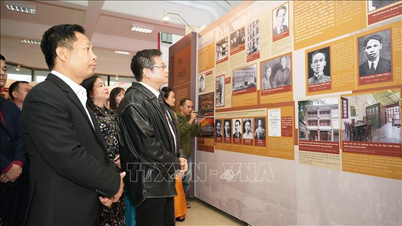

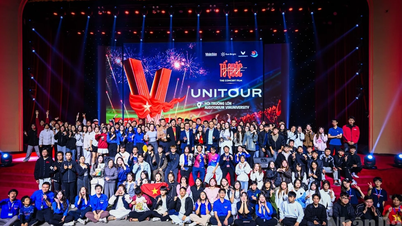


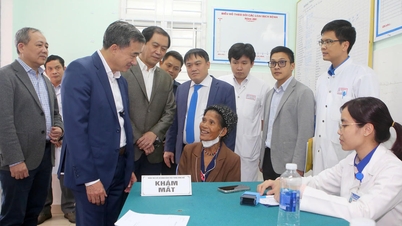

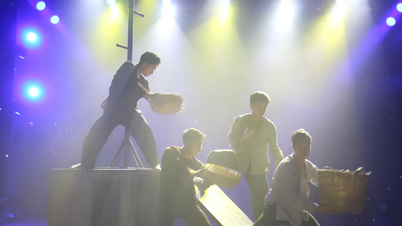






![[Photo] VinUni students' emotions are sublimated with "Homeland in the Heart: The Concert Film"](https://vphoto.vietnam.vn/thumb/402x226/vietnam/resource/IMAGE/2025/11/26/1764174931822_10-3878-jpg.webp)

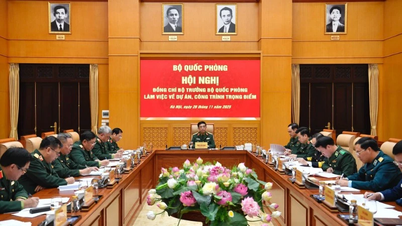

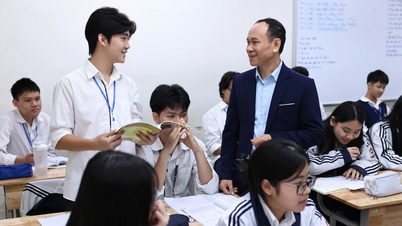





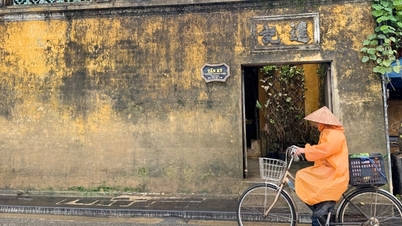



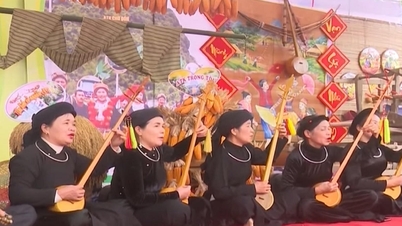

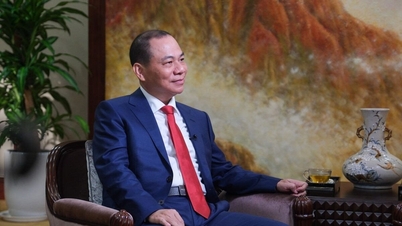





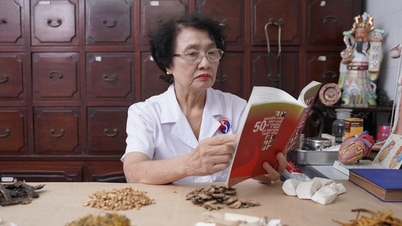

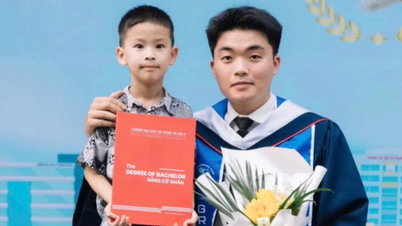

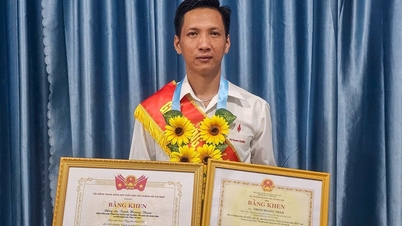





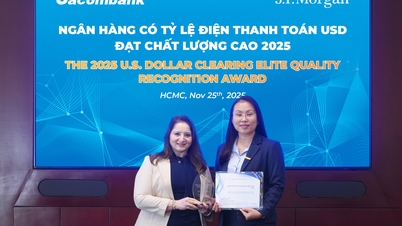

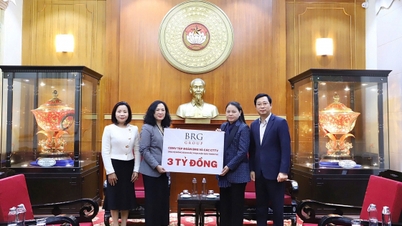








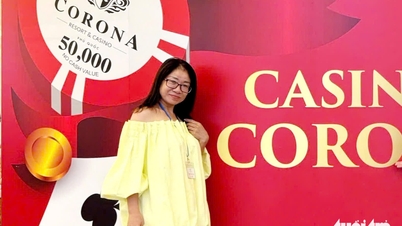


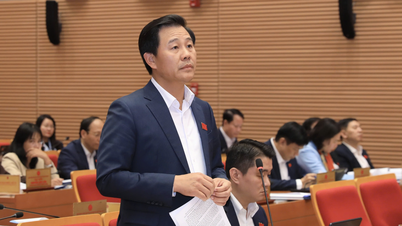
![[Photo] Opening of the 28th Session of the Hanoi People's Council](https://vphoto.vietnam.vn/thumb/402x226/vietnam/resource/IMAGE/2025/11/26/1764155991133_image.jpeg)



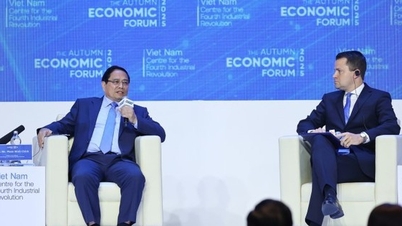




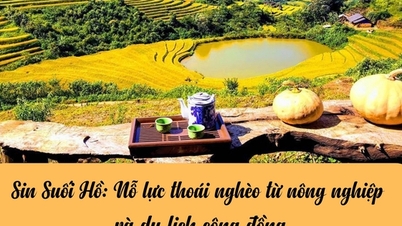


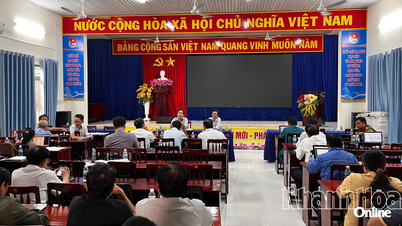

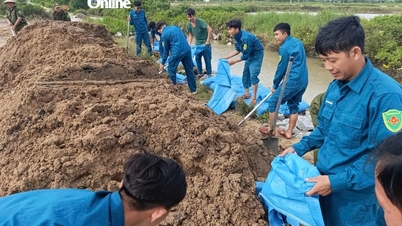


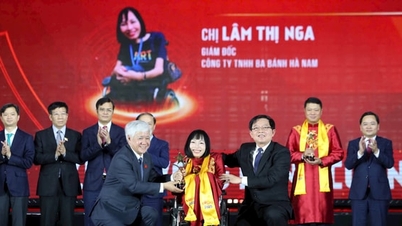
















Comment (0)